-69%
Comprehending the Complexities of Pain Management in Children
Navigating the Anatomy and Policy Landscape of Childhood Pain
Managing Pain in Children presents a comprehensive guide for healthcare professionals to effectively address the unique challenges of pain management in pediatric populations. This second edition endeavors to equip nurses and healthcare providers with the knowledge and skills essential for optimal pain management practices.
Physiology and Assessment: Unraveling the Enigmas of Childhood Pain
The book meticulously explores the intricate anatomy and physiology of children, shedding light on the developmental nuances that influence pain perception and response. It delves into the latest policy guidelines governing pain management, ensuring adherence to ethical considerations and legal frameworks. Furthermore, it introduces a wide array of pain assessment tools specifically designed for children, empowering healthcare providers to accurately evaluate pain intensity and tailor interventions accordingly.
Beyond Medication: Unlocking the Power of Non-Drug Pain Relief
Managing Pain in Children emphasizes the importance of non-drug approaches to pain relief, advocating for the judicious use of pharmacological interventions. It explores various non-drug strategies, including cognitive-behavioral techniques, distraction methods, and complementary therapies, empowering nurses and other healthcare professionals to provide holistic care.
Acute Pain, Chronic Pain, and Palliative Care: Addressing the Spectrum of Pain Manifestations
The book delves into the management of acute pain, which arises from a specific injury or illness, as well as chronic pain, which persists for an extended period. It provides evidence-based insights into the assessment and treatment of pain in these contexts, ensuring optimal management and improved patient outcomes. Additionally, it covers palliative care, focusing on pain management in children with life-limiting conditions, offering compassionate and comprehensive support to both patients and their families.
Procedural Pain: Minimizing the Discomfort and Maximizing Comfort
Managing Pain in Children recognizes the importance of addressing procedural pain, which often arises during medical examinations or treatments. It provides detailed guidance on the use of local anesthetics, sedation, and other strategies to minimize discomfort and ensure a positive experience for pediatric patients.
Evidence-Based Interventions, Best Practices, and Real-World Applications
Throughout the book, healthcare professionals will encounter a wealth of evidence-based interventions and best practices for pain management in children. These recommendations are grounded in rigorous research and clinical experience, ensuring that nurses and other healthcare providers are equipped with the most effective and up-to-date approaches.
Moreover, the book provides practical guidance for implementing pain management strategies in both hospital and community settings. It addresses the challenges and opportunities unique to each environment, empowering healthcare professionals to deliver optimal care in any context.
An Invaluable Resource for Child Healthcare Professionals
Managing Pain in Children serves as an indispensable resource for all nurses and healthcare professionals working with children. Its comprehensive coverage, evidence-based recommendations, and practical applications make it an essential tool for providing effective and compassionate pain management to pediatric patients.
maybe you like these too:
- Dannemiller Pain Review Course 2017 (Videos)
- Symptom-Based Diagnosis in Pediatrics (CHOP Morning Report) (EPUB)
- Elsevier Emergency. Pädiatrischer Notfall. 5/2020: Fachmagazin für Rettungsdienst und Notfallmedizin. (Original PDF from Publisher)
- Chronic Pelvic Pain and Dysfunction: Practical Physical Medicine

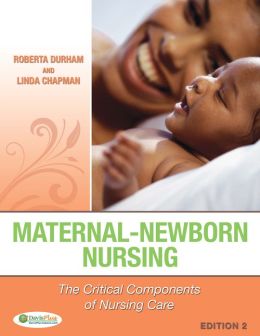
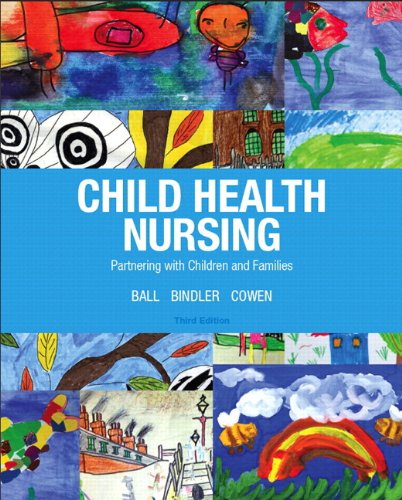
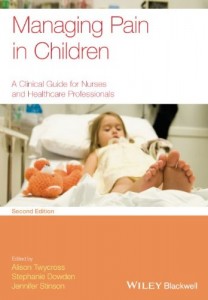
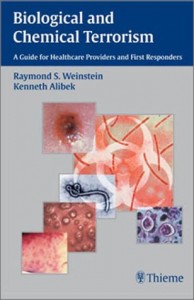


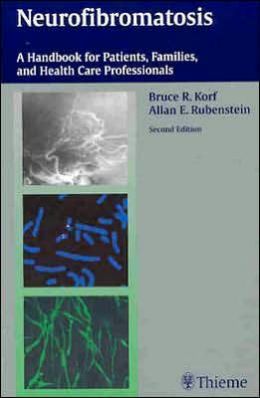
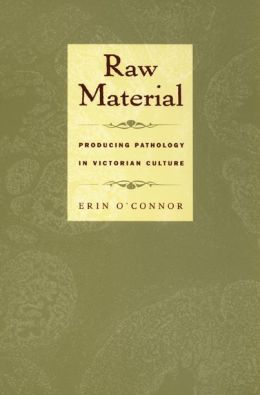
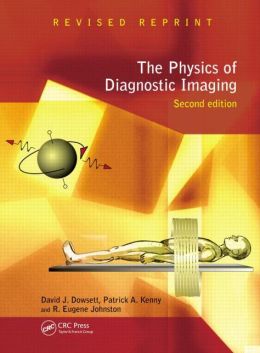
Reviews
Clear filtersThere are no reviews yet.